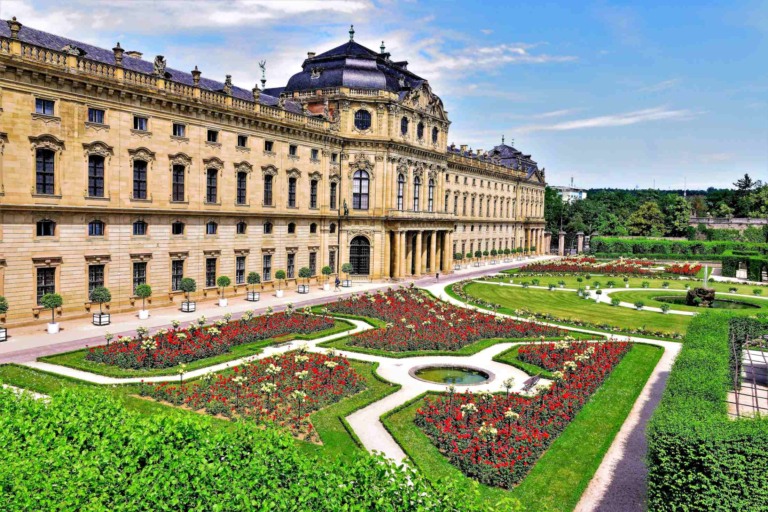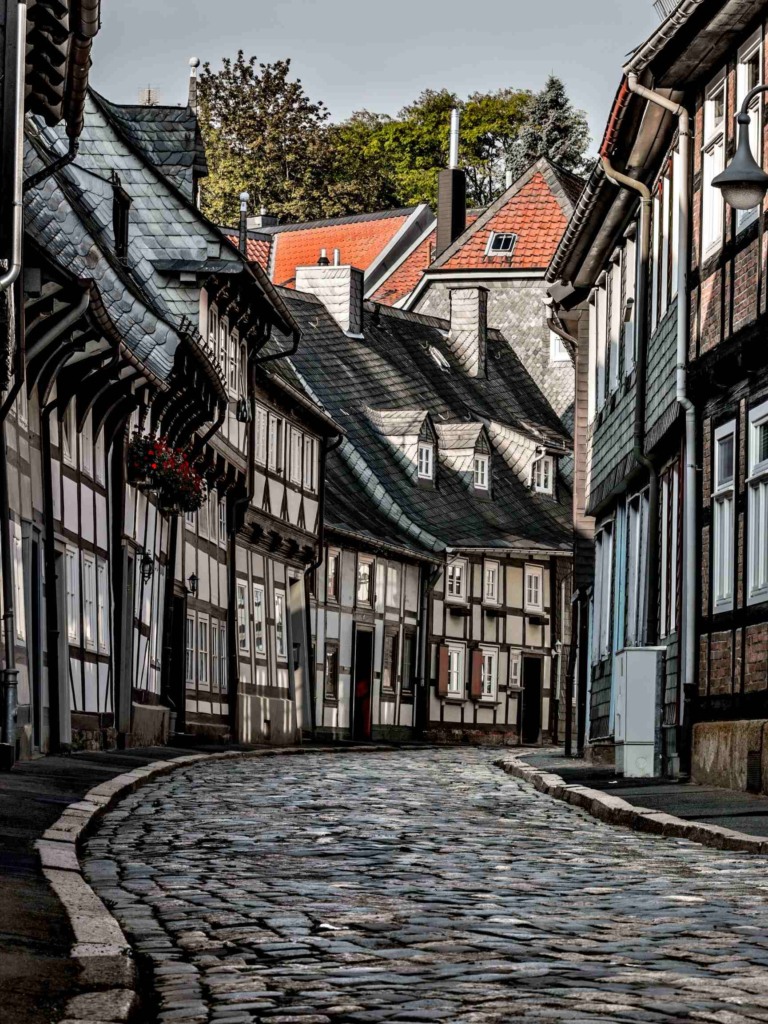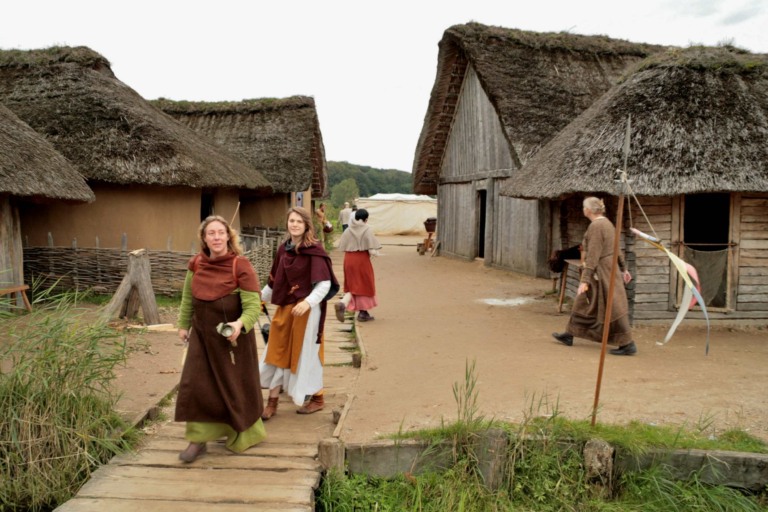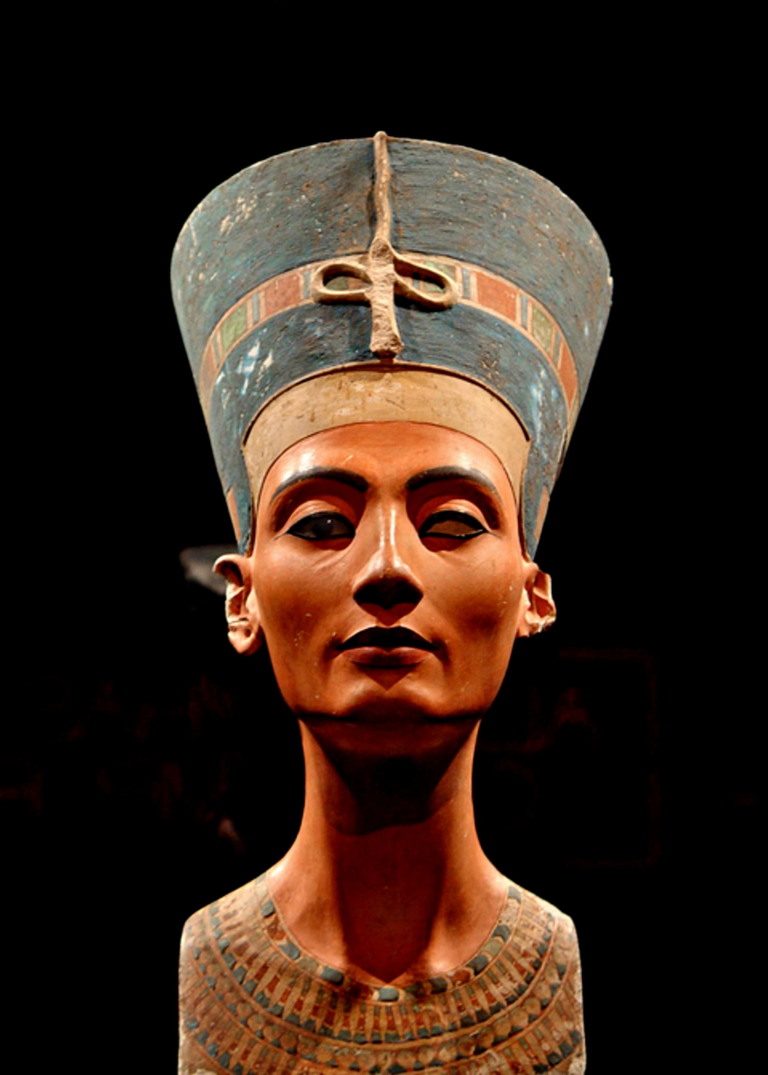Palaces and Parks of Potsdam and Berlin: A Blend of History, Culture, and Natural Beauty. The Palaces and Parks of Potsdam and Berlin form a UNESCO World Heritage site that showcases the rich historical and cultural heritage of the German capital and its neighboring city of Potsdam.
Palaces and Parks of Potsdam and Berlin
This ensemble of magnificent palaces, landscaped gardens, and picturesque parks is a testament to the opulence and grandeur of Prussian and German royalty. The designation was granted in three stages, with significant additions made in 1990, 1992, and 1999. Let me embark on a detailed journey through the captivating Palaces and Parks of Potsdam and Berlin.
Initial Inscription in 1990
The Palaces and Parks of Potsdam and Berlin were first inscribed on the UNESCO World Heritage List in 1990. This initial designation included the Sanssouci Palace and Park in Potsdam, which was the summer residence of Frederick the Great, King of Prussia. Sanssouci Palace is a masterpiece of Rococo architecture, characterized by its grand terraces, vineyard terraces, and the magnificent terraced gardens adorned with sculptures, fountains, and intricate flower beds.
Expanding the Site in 1992
In 1992, the UNESCO World Heritage site was expanded to include two more iconic landmarks: the New Palace (Neues Palais) in Potsdam and the Charlottenburg Palace in Berlin. The New Palace, built by Frederick the Great, showcases the transition from the Rococo to the Neoclassical style, with its grand halls, lavish interiors, and stunning gardens. Charlottenburg Palace, on the other hand, is the largest palace in Berlin and epitomizes the splendor of the Prussian Baroque architecture. It houses an extensive art collection, including masterpieces by renowned artists.
Completion of the Ensemble in 1999
The final expansion of the Palaces and Parks of Potsdam and Berlin site took place in 1999, encompassing the Sacrow Palace and Park in Potsdam and the Babelsberg Palace and Park in Berlin. The Sacrow Palace is a neoclassical gem located on the banks of the Havel River and offers breathtaking views of the surrounding landscape. The Babelsberg Palace, an eclectic blend of Gothic, Renaissance, and Baroque styles, sits atop a hill overlooking the Glienicke Bridge and the river. The park surrounding the palace is renowned for its extensive collection of exotic plants and trees.
Parks and Gardens
In addition to the magnificent palaces, the UNESCO site also includes numerous parks and gardens that complement the architectural splendors. The parks are designed in various styles, including Baroque, English landscape, and the later historical garden style. Notable examples include the Park Sanssouci, which features ornate terraces, the New Garden with its charming flowerbeds, and the Glienicke Park, renowned for its serene atmosphere and picturesque views.
Conclusion
The Palaces and Parks of Potsdam and Berlin offer a captivating blend of architectural grandeur, historical significance, and natural beauty. This UNESCO World Heritage site showcases the opulent lifestyle of Prussian and German royalty, while the meticulously landscaped gardens and parks provide a serene retreat from the bustling urban environment. A visit to this enchanting ensemble is a journey through time, allowing visitors to immerse themselves in the rich cultural heritage of Potsdam and Berlin.
Berlin Palaces Parks of Potsdam Tourism
Guided Tours and Audio Guides
Visitors to the Palaces and Parks of Potsdam and Berlin can take advantage of guided tours and audio guides that provide detailed information about the history, architecture, and cultural significance of each site. Knowledgeable guides offer insights into the lives of Prussian royals, the design and construction of the palaces, and the stories behind the exquisite artwork and furnishings. Audio guides, available in multiple languages, allow visitors to explore at their own pace.
Palace Interiors and Exhibitions
The palaces within the UNESCO site feature meticulously preserved interiors that provide a glimpse into the luxurious lifestyles of the Prussian monarchs. Lavishly decorated rooms, opulent furnishings, and stunning art collections transport visitors back in time. Additionally, temporary exhibitions are often hosted within the palaces, showcasing various aspects of art, history, or cultural significance, enhancing the visitor experience.
Gardens and Park Exploration
The parks and gardens surrounding the palaces offer visitors the opportunity to immerse themselves in nature while enjoying the beautiful landscapes. Well-manicured lawns, meandering pathways, and vibrant flowerbeds make for a serene and picturesque setting. Visitors can take leisurely walks, have picnics, or simply relax amidst the natural beauty. Some parks also offer guided garden tours, providing insights into the design principles and historical significance of the landscapes.
Cultural Events and Festivals
Throughout the year, the Palaces and Parks of Potsdam and Berlin host a variety of cultural events and festivals. These events celebrate music, art, theater, and historical traditions. Visitors can enjoy open-air concerts, theater performances, art exhibitions, and traditional festivals, which add vibrancy and liveliness to the already captivating surroundings. These events provide an opportunity to experience the cultural richness of the region in a unique and engaging way.
Educational Programs and Workshops
To engage visitors of all ages, the UNESCO site offers educational programs and workshops. These programs cater to school groups, families, and individuals seeking a deeper understanding of the history and architecture of the palaces and parks. Participants can take part in hands-on activities, interactive workshops, or guided sessions that provide an immersive learning experience. These programs help visitors develop a greater appreciation for the cultural heritage of the region.
Souvenir Shops and Dining Options
Within the Palaces and Parks of Potsdam and Berlin, visitors will find souvenir shops offering a wide range of mementos, including books, postcards, replicas, and local crafts. These shops allow visitors to take a piece of their experience home with them. Additionally, various cafes and restaurants are scattered throughout the sites, offering a chance to enjoy a meal or indulge in a traditional German treat while soaking in the ambiance.
Accessibility and Visitor Facilities
The site strives to be accessible to all visitors, with provisions for individuals with disabilities. Wheelchair access, accessible parking, and restroom facilities are available, ensuring that everyone can explore and enjoy the palaces and parks. Visitor centers provide information, maps, and assistance, ensuring a smooth and enjoyable experience for all visitors.
The Palaces and Parks of Potsdam and Berlin offer a range of tourism aspects that cater to the interests and preferences of diverse visitors. From architectural marvels and lush landscapes to cultural events and educational programs, the site presents a comprehensive experience that combines history, nature, and cultural immersion.








